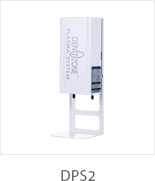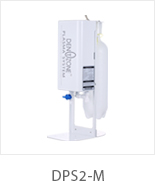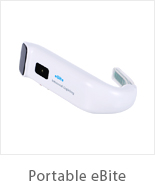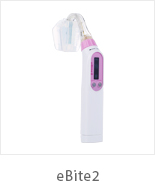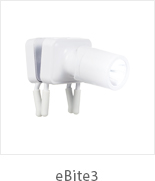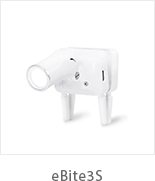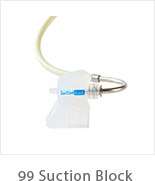| Title | Title: A Guide to Shock Absorbers: How They Work and Why They're Impor… |
|
Introduction: Water pumps play a crucial role in various industries and everyday applications by ensuring the efficient movement of water from one place to another. Understanding the different types of water pumps, their uses, and benefits can help you choose the right one for your specific needs. There are several different types of shock absorbers, including twin-tube, monotube, and electronically controlled shocks. Each type has its own unique design and features that determine its performance characteristics. 2. Oil Pressure Problems: A drop in oil pressure can also trigger the engine oil light. This can be caused by a clogged oil filter, a faulty oil pressure sensor, or worn-out engine components. If the oil pressure is low, it is crucial to have the vehicle inspected by a mechanic to identify and fix the root cause of the problem. In conclusion, wheel bearings are critical components of a vehicle's suspension system that contribute to the smooth and safe operation of the vehicle. Being aware of the signs of wheel bearing problems and addressing them promptly can help maintain the vehicle's performance and prevent potential risks on the road. Regular maintenance and inspection are key to ensuring that the wheel bearings remain in good condition and continue to provide a comfortable driving experience. The engine oil light in a vehicle serves as a warning indicator that there may be an issue with the oil levels or oil pressure in the engine. If the engine oil light comes on while driving, it is essential to address the issue promptly to prevent potential damage to the engine. Signs of wheel bearing problems: - Unusual noise: One of the most common signs of a worn-out wheel bearing is a grinding or humming noise coming from the vicinity of the wheels. This noise typically becomes more pronounced as the vehicle speeds up and may change in pitch or intensity when turning. - Vibration: A vibrating sensation felt in the steering wheel or the vehicle itself could indicate a problem with the wheel bearings. - Uneven tire wear: If the wheel bearings are faulty, the wheels may not rotate properly, leading to uneven tire wear. Inspecting the tires for unusual wear patterns can help identify potential wheel bearing issues. In conclusion, the engine oil light serves as a crucial warning indicator of potential issues with the engine oil levels or oil pressure. By understanding the common causes of illuminated engine oil lights and taking appropriate actions to diagnose and address the problem, vehicle owners can help maintain the health and longevity of their vehicles' engines. What are wheel bearings? Wheel bearings are components that allow the wheels of a vehicle to rotate smoothly and with minimal resistance. They are typically located within the hub of the wheel assembly and consist of a set of steel balls or rollers contained within a metal ring called a race. The bearings are coated with grease to reduce friction and enable the wheels to turn freely. 4. Engine Wear or Damage: In some cases, the engine oil light may indicate serious engine issues such as worn-out bearings or damaged internal components. If the light comes on along with unusual noises, vibrations, or performance issues, it is crucial to have the vehicle inspected by a professional mechanic for a thorough diagnosis. 2. Comfortable Ride: By absorbing and dampening shocks and vibrations, shock absorbers help to provide a smoother and more comfortable ride for passengers. This is especially important for long drives or in rough road conditions. 2. Safety: Clear visibility is essential for safe driving. A malfunctioning windshield washer pump can compromise visibility, increasing the risk of accidents. Regularly checking and maintaining the washer pump can help prevent such safety hazards. Importance of wheel bearing maintenance: Regular inspection and maintenance of wheel bearings are essential to ensure optimal performance and safety. Timely replacement of worn-out bearings can prevent more significant damage to the vehicle and help avoid costly repairs in the long run. It is recommended to follow the manufacturer's guidelines for the maintenance schedule and have a professional mechanic inspect the wheel bearings during routine service appointments. Function: Oxygen sensors are located in the exhaust system of vehicles, typically either in the exhaust manifold or near the catalytic converter. The primary function of an oxygen Lambda (O2) Sensor Feedback is to measure the amount of oxygen present in the exhaust gases. This information is then sent to the engine control unit (ECU), which uses it to adjust the air-fuel mixture for optimal combustion. Conclusion: Oxygen sensors are critical components of modern vehicles, helping to ensure fuel efficiency, reduce emissions, and maintain engine performance. By understanding the function, importance, and maintenance of oxygen sensors, you can help prolong the life of your vehicle and protect the environment. Remember to follow the manufacturer's recommendations and address any issues with your oxygen sensors promptly to keep your vehicle running smoothly. |
|
